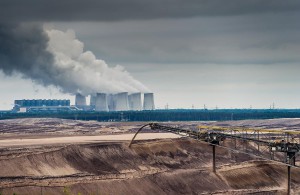A consortium consisting of the Czech energy company EPH and the financial investor PPF Investment bought the lignite activities of Vattenfall in East Germany.

Vattenfall thus cedes four open-cast mines in Lusatia as well as three lignite power plants. The reasons for selling its lignite branch in Germany are Vattenfall’s intention to improve its carbon footprint. In addition, the value of the lignite business has been constantly decreasing due to very low wholesale electricity prices and is not profitable anymore. Vattenfall’s activities in the lignite sector already have been depreciated by 1.6 bn Euro last year. By selling its remaining mines and power plants, the Swedish state-owned company hopes to reduce its CO2-emissions by 25 ml tons annually.
The buyers’ consortium has obtained facilities with an estimated value of 3.4 bn Euro, as well as roughly 1.7 bn Euro in cash. On the other hand, the new operator also has to comply with all obligations that arise from the acquisition. This especially includes the recultivation of former open-cast lignite mines. Thus Vattenfall basically paid in order to get rid of its lignite branch.
EPH estimates that electricity prices will rise again, when the last German nuclear power plant will be shut down in 2022, consequently being able to earn money in the lignite sector again. The electricity prices for the years 2017 to 2022 at the futures market at the energy exchange EEX mark however only 22 Euro/MWh. Market observers are critical about EPH’s strategy of financing the recultivation of former mining sites (estimated costs of up to 3.5 bn Euro) by electricity prices which may only rise in the medium-term future.



